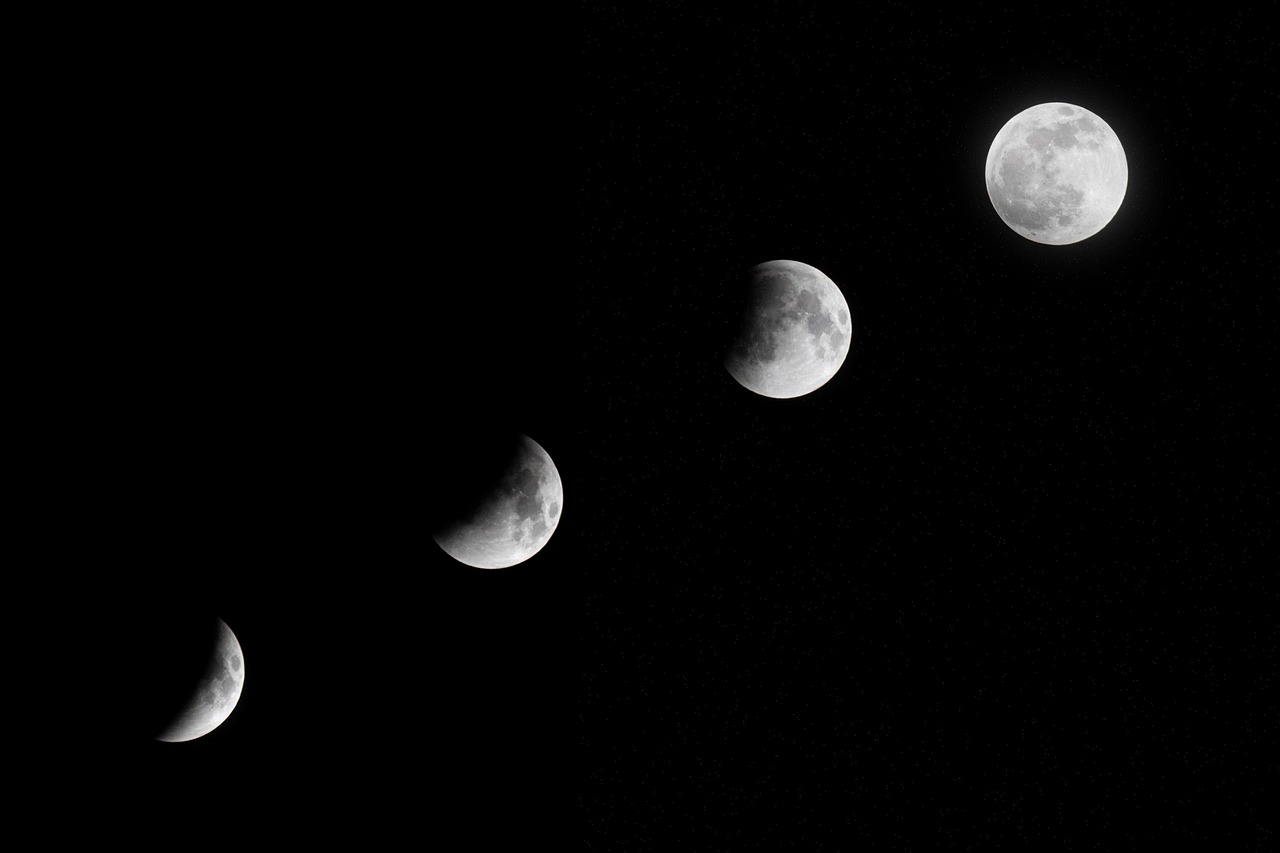- How Meteorologists Predict Storms Using Satellite Data - October 3, 2025
- What Causes Rainbows And Why They’re Always Curved - October 1, 2025
- 3 Industries Face Crushing New Tariffs as Trade War Escalates - September 28, 2025
The August Full Moon: A Summer Spectacle
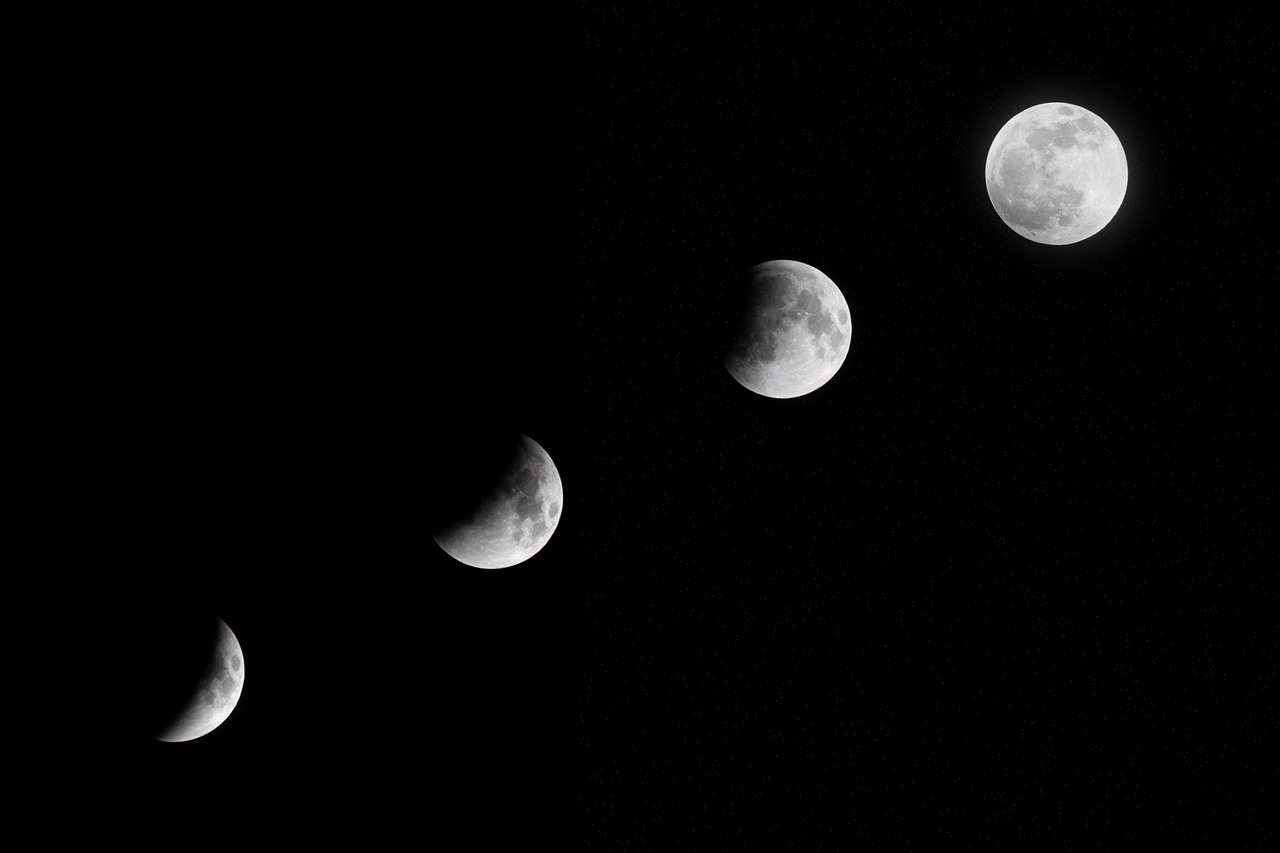
The full Sturgeon Moon, the second full moon of summer in the Northern Hemisphere, will reach its peak on Saturday, August 9, 2025. This lunar event is named after the sturgeon fish that were historically abundant in the Great Lakes during this season. The Sturgeon Moon is not just a celestial sight—it’s a nod to North American tradition.
When and Where to See the Sturgeon Moon
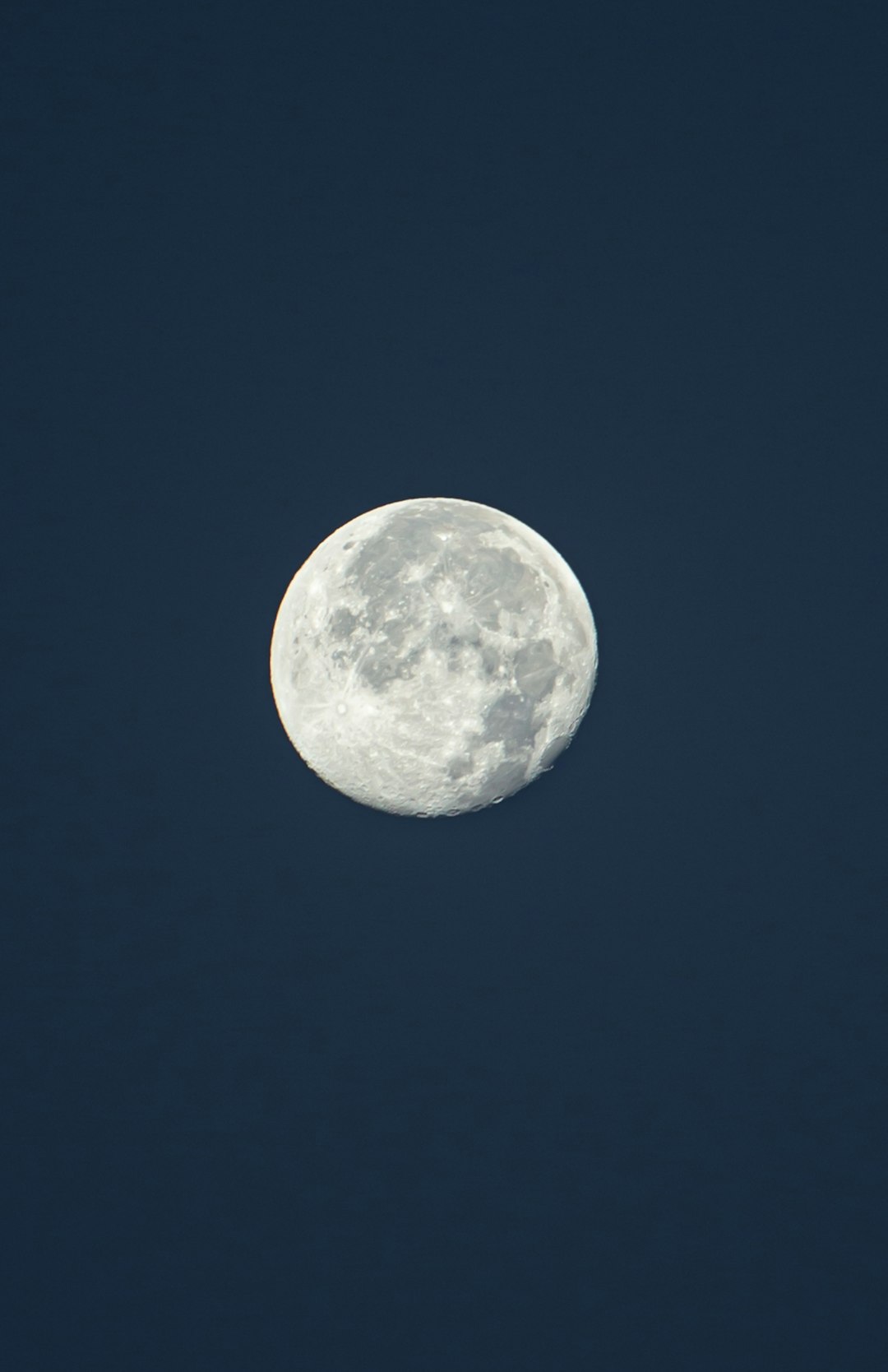
The Sturgeon Moon will be at its fullest at 3:56 a.m. EDT on August 9. However, it will appear nearly full both the night before and the night after. For North American skywatchers, the best time to catch the moonrise will be at dusk on Friday, August 8. Those on the West Coast get an encore performance at dusk on Saturday, August 9.
A Bright Obstacle for Meteor Watchers

Unfortunately, the bright Sturgeon Moon will impact viewing conditions for the Perseids meteor shower. The annual meteor display, which peaks on August 12–13, will be diminished by the full moon’s glow, making it harder to see the shooting stars this year.
The Moon’s Many Names and Cultural Significance
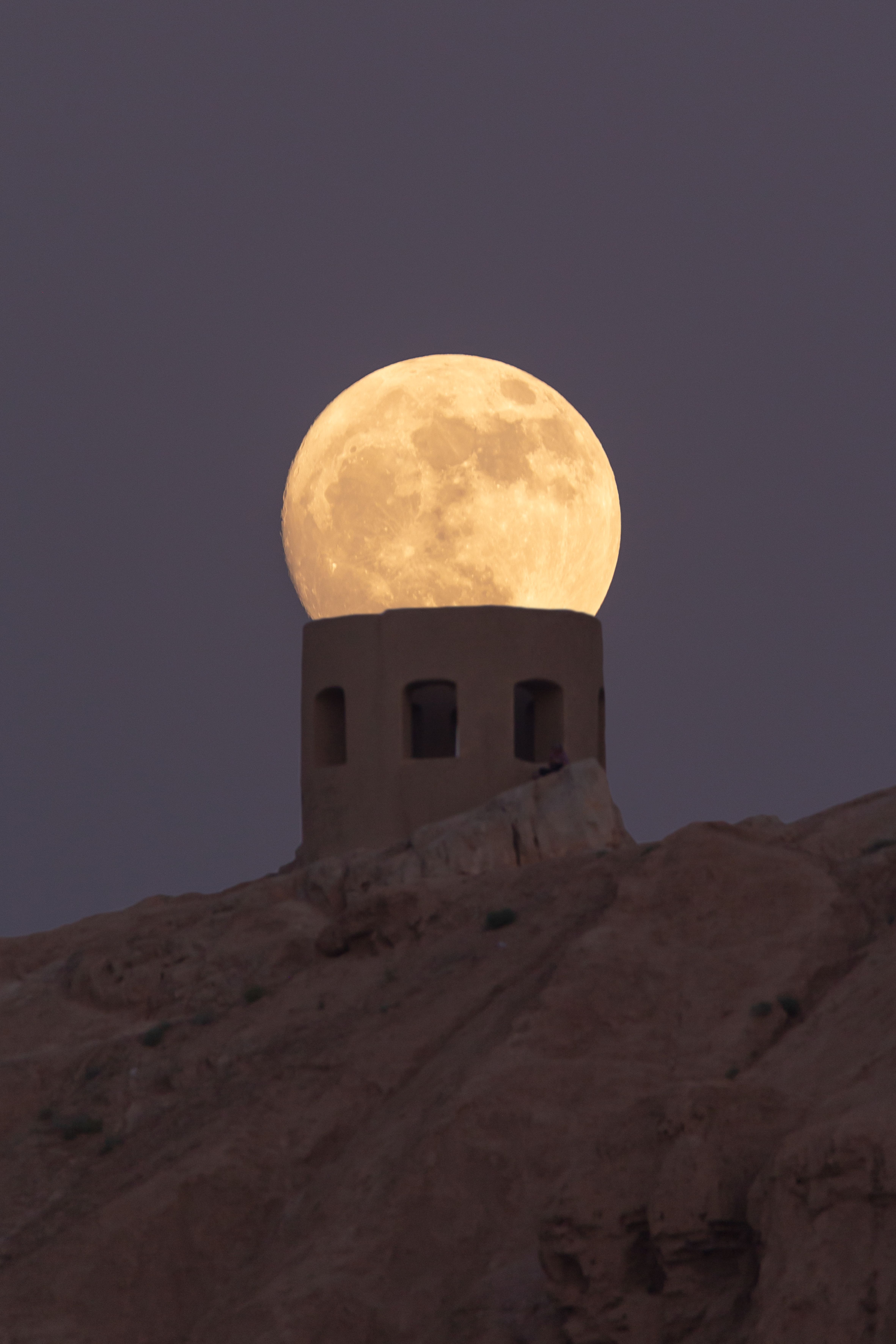
While August’s full moon is most widely known as the Sturgeon Moon, it’s also referred to as the Green Corn Moon and the Grain Moon in other traditions. Across cultures, full moons carry diverse names and stories, reflecting the agricultural and natural cycles of each region.
Tips for Enjoying the Moonrise
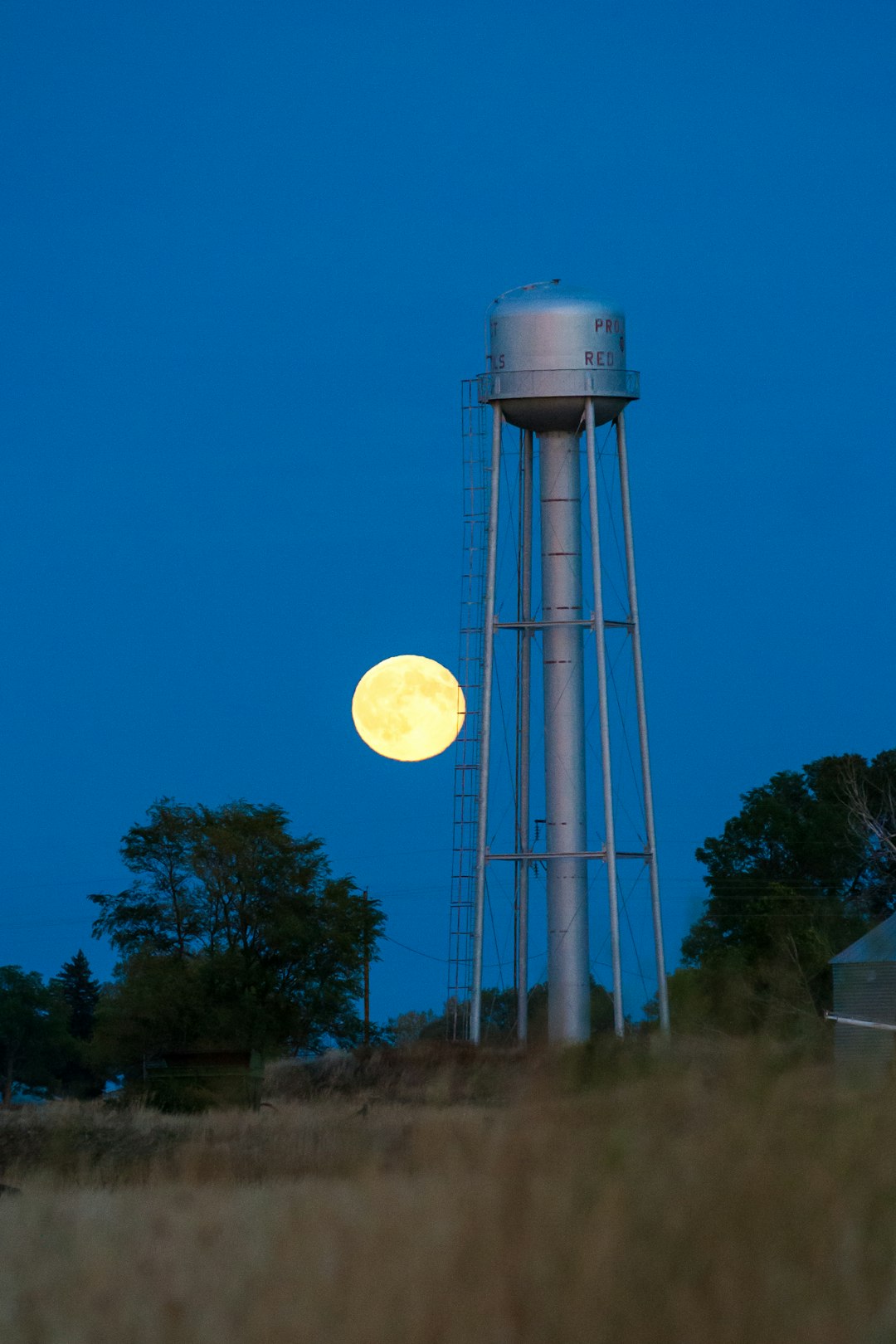
The most stunning views of a full moon often occur as it rises just above the eastern horizon during dusk. For the best experience, head to an elevated area, an open field, or an east-facing coast with an unobstructed view. While the moon is easy to admire with the naked eye, binoculars or a small telescope can reveal even more detail.
Moonrise and Sunset Times in Major Cities
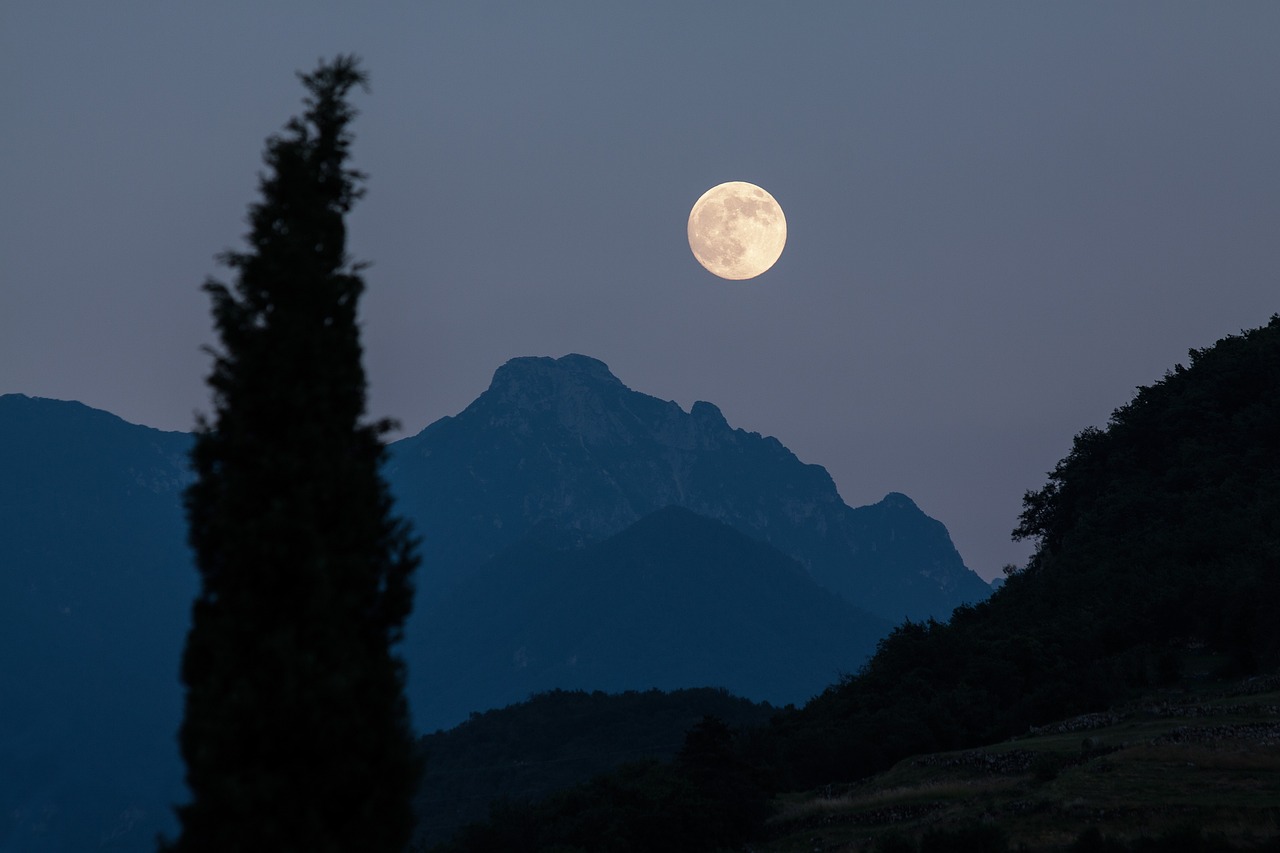
To catch the Sturgeon Moon in your area, check a moonrise calculator for precise local times. Here are sample moonrise and sunset times for August 8 and 9:
New York:
Aug 8: Sunset 8:04 p.m. EDT, Moonrise 8:03 p.m. EDT
Aug 9: Sunset 8:03 p.m. EDT, Moonrise 8:32 p.m. EDT
Los Angeles:
Aug 8: Sunset 7:48 p.m. PDT, Moonrise 7:48 p.m. PDT
Aug 9: Sunset 7:47 p.m. PDT, Moonrise 8:21 p.m. PDT
London:
Aug 8: Sunset 8:37 p.m. BST, Moonrise 8:40 p.m. BST
Aug 9: Sunset 8:36 p.m. BST, Moonrise 8:58 p.m. BST
September’s Total Lunar Eclipse
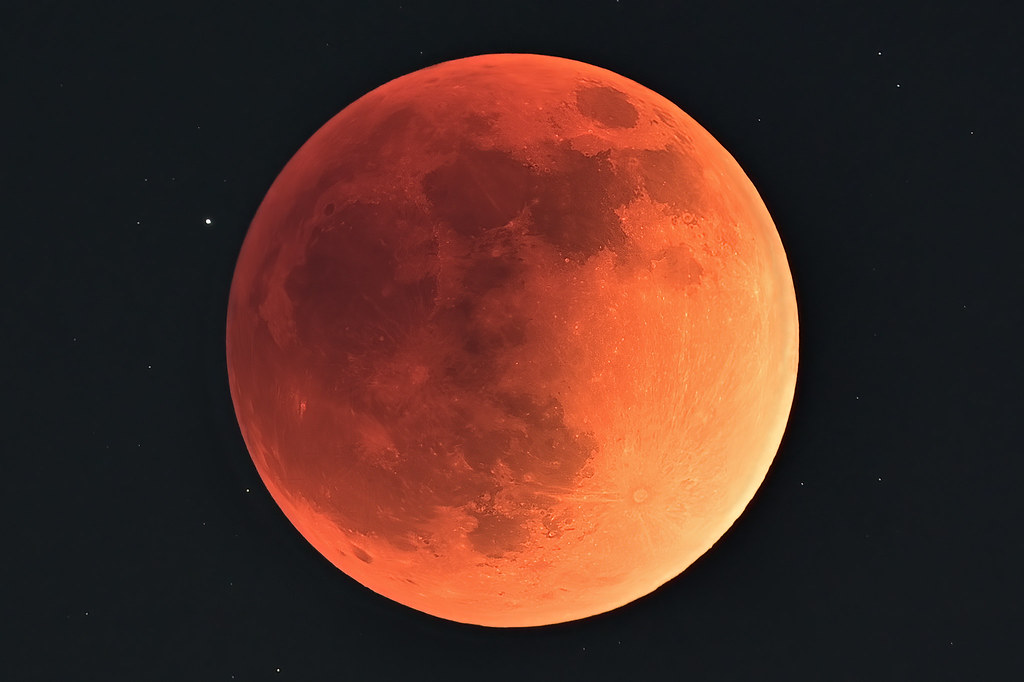
Next month, the full Corn Moon on September 8 will bring a total lunar eclipse. Visible from Asia, Australia, and the Pacific, the eclipse will see the moon gradually move through Earth’s shadow. The period of totality, when the moon turns a dark red, will last 82 minutes, while the entire event will span over five hours. Unfortunately, this eclipse won’t be visible from North or South America.
Looking Ahead: Solar Eclipses on the Horizon
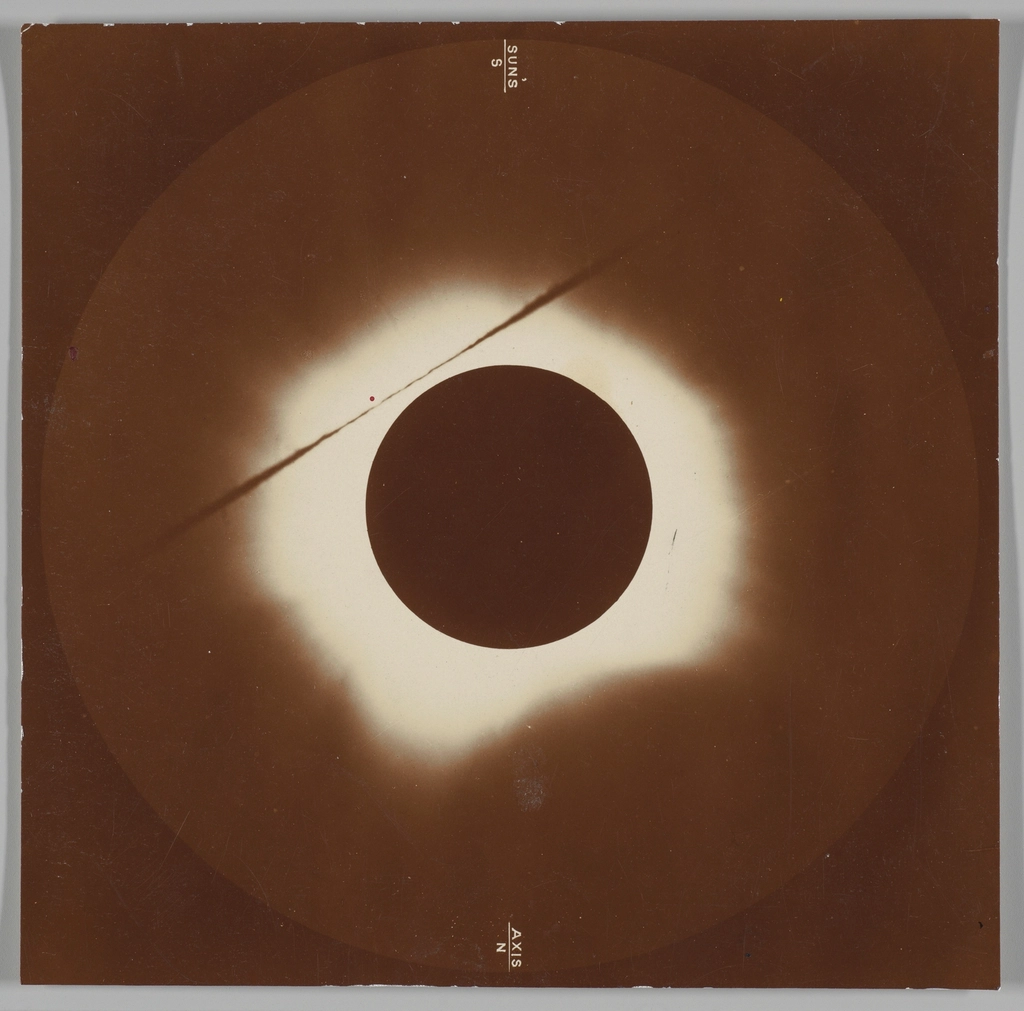
After the Sturgeon Moon, the next major celestial event will be a total solar eclipse on August 12, 2026. The path of totality will pass through eastern Greenland, western Iceland, and northern Spain, where viewers will experience about two minutes of darkness at midday. The next opportunity for a total solar eclipse in the contiguous United States will arrive on August 22, 2044.

